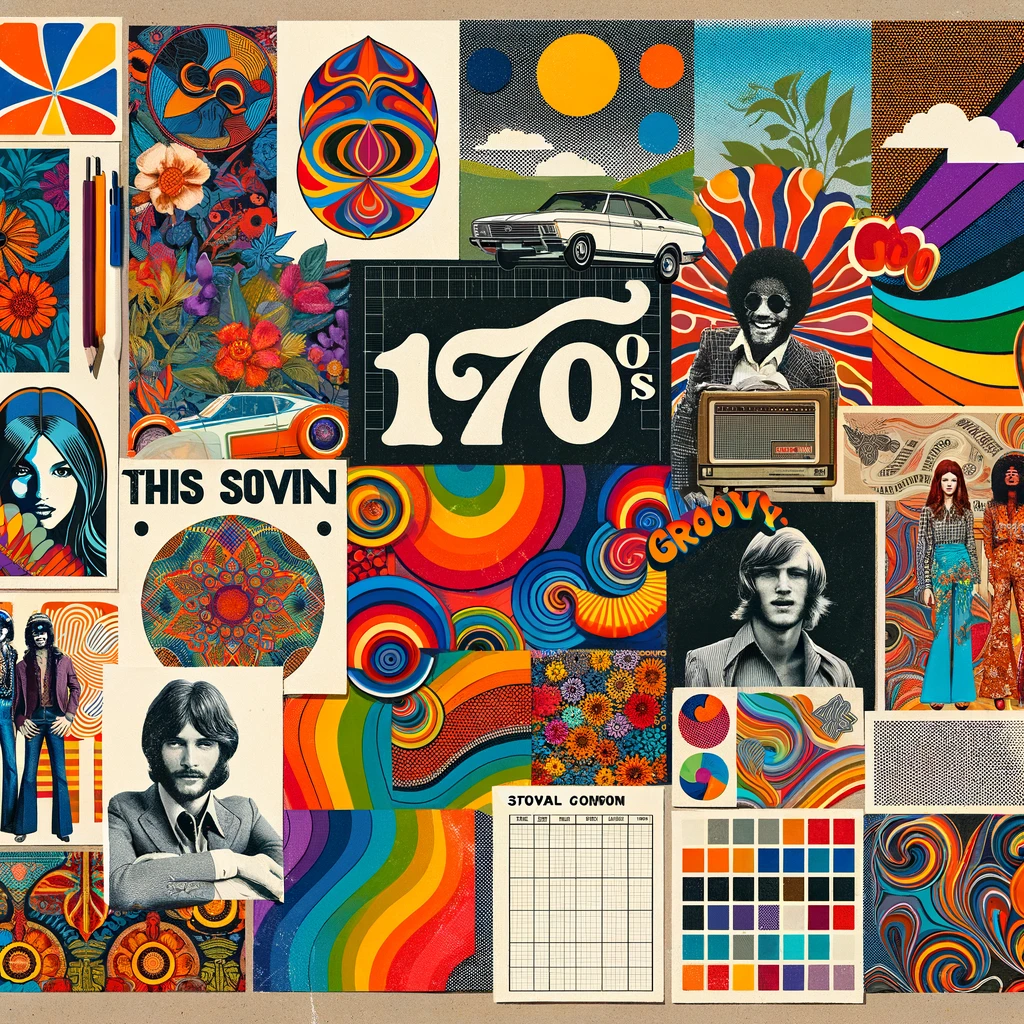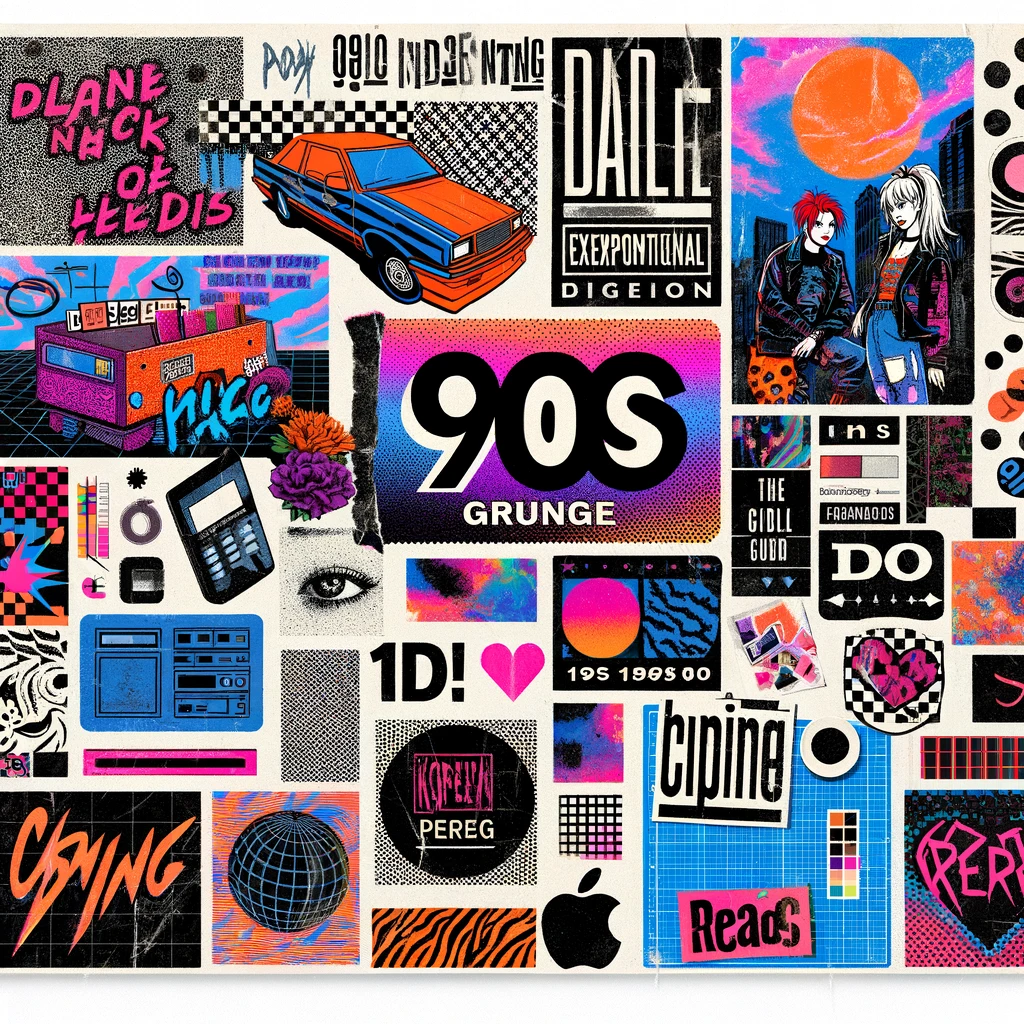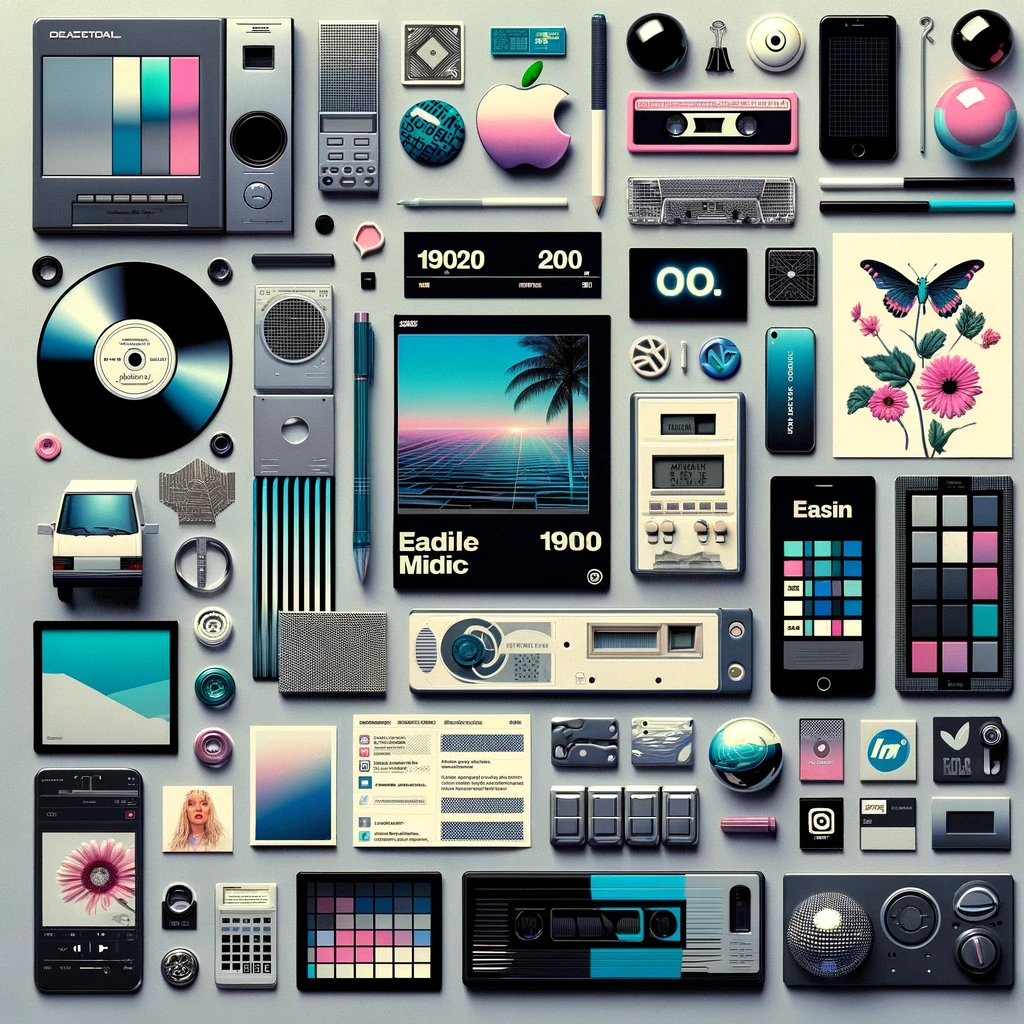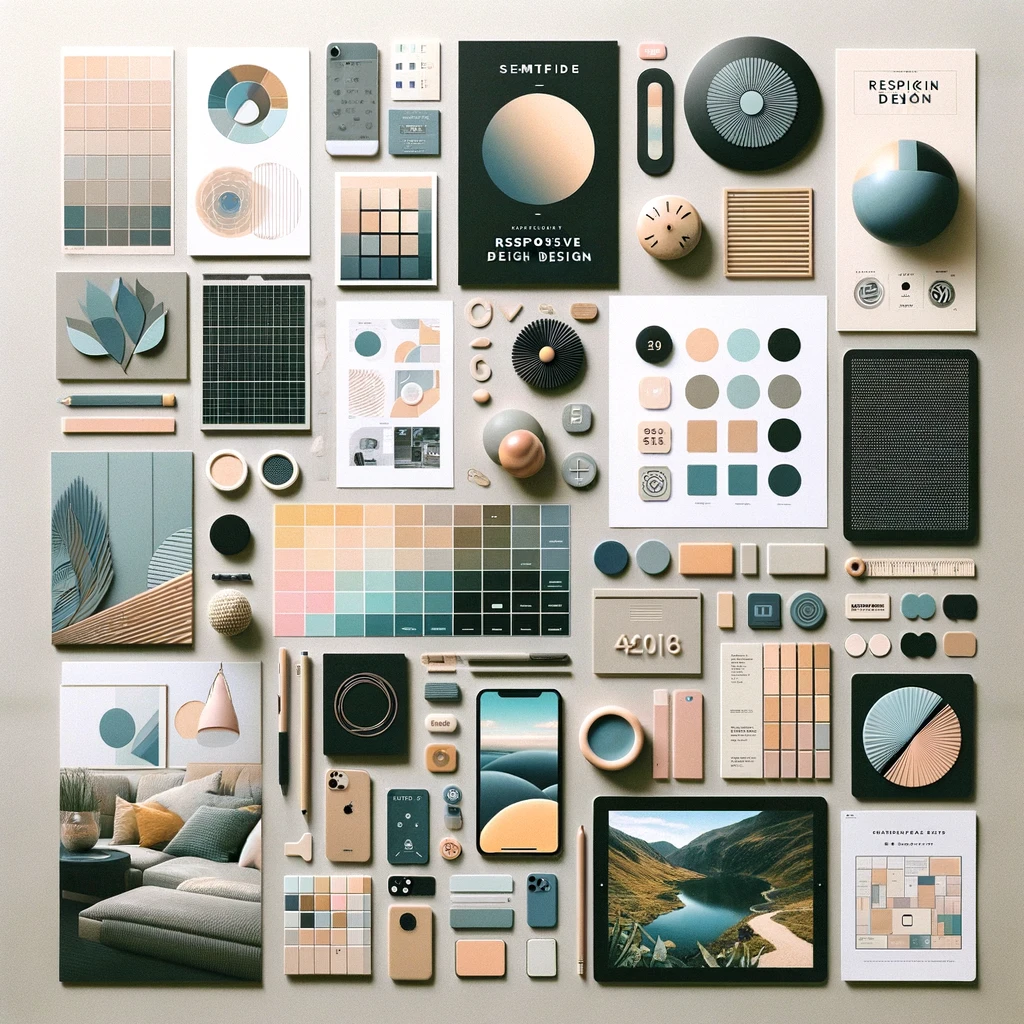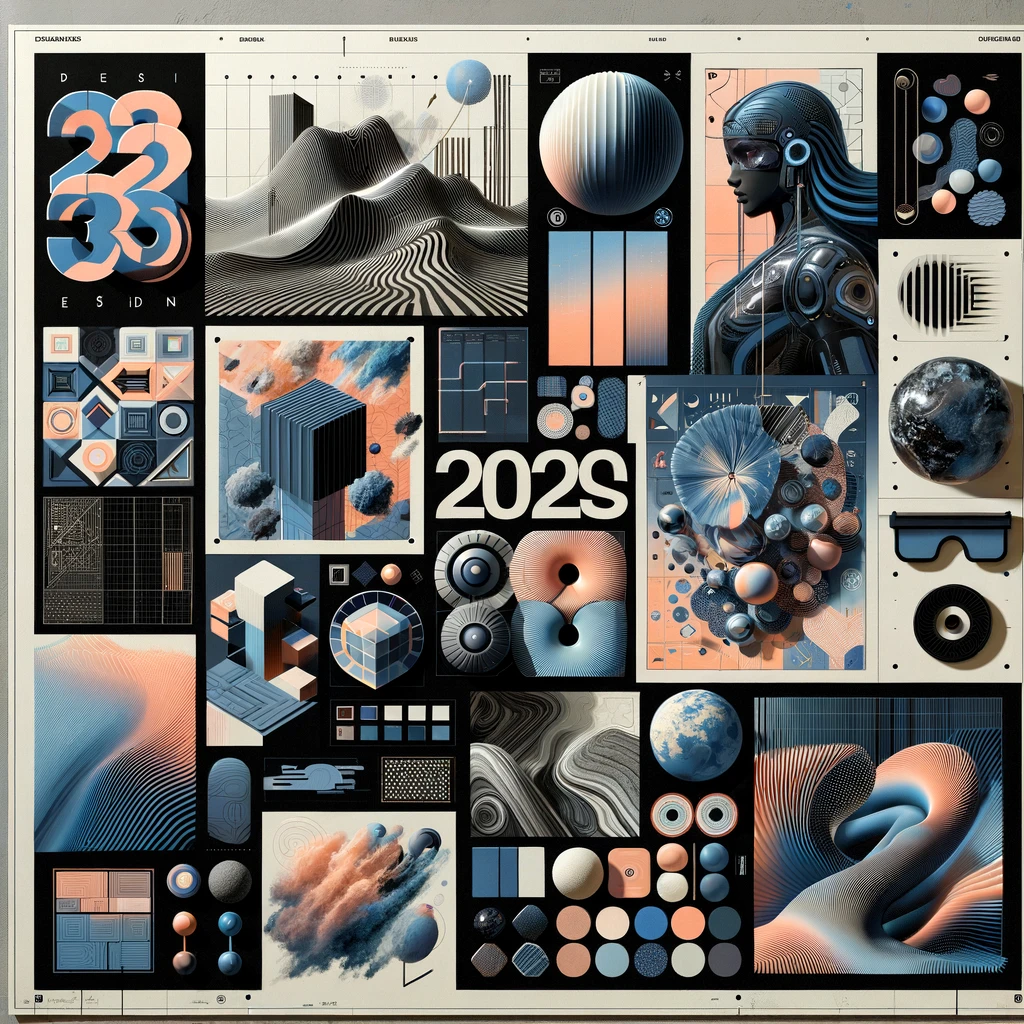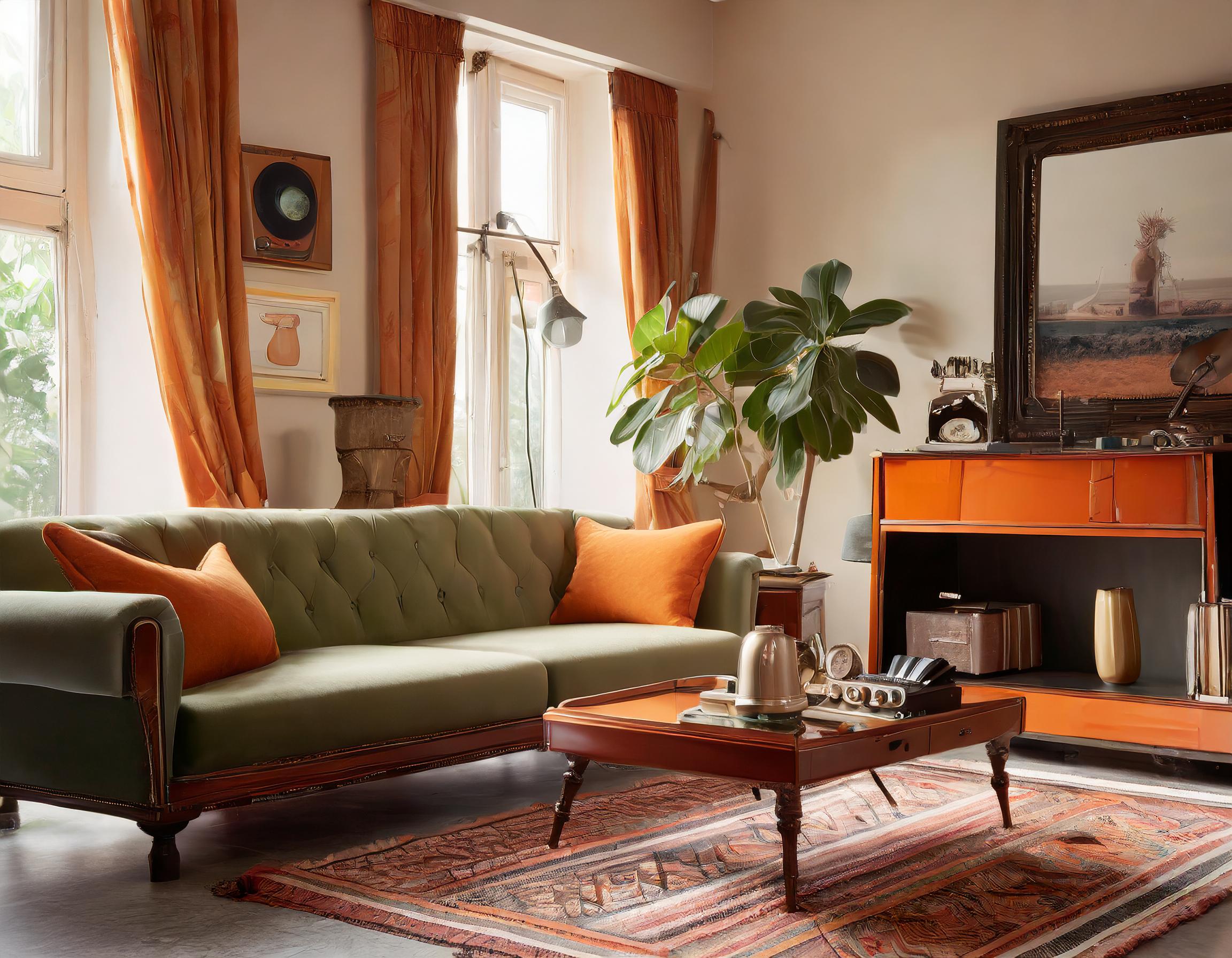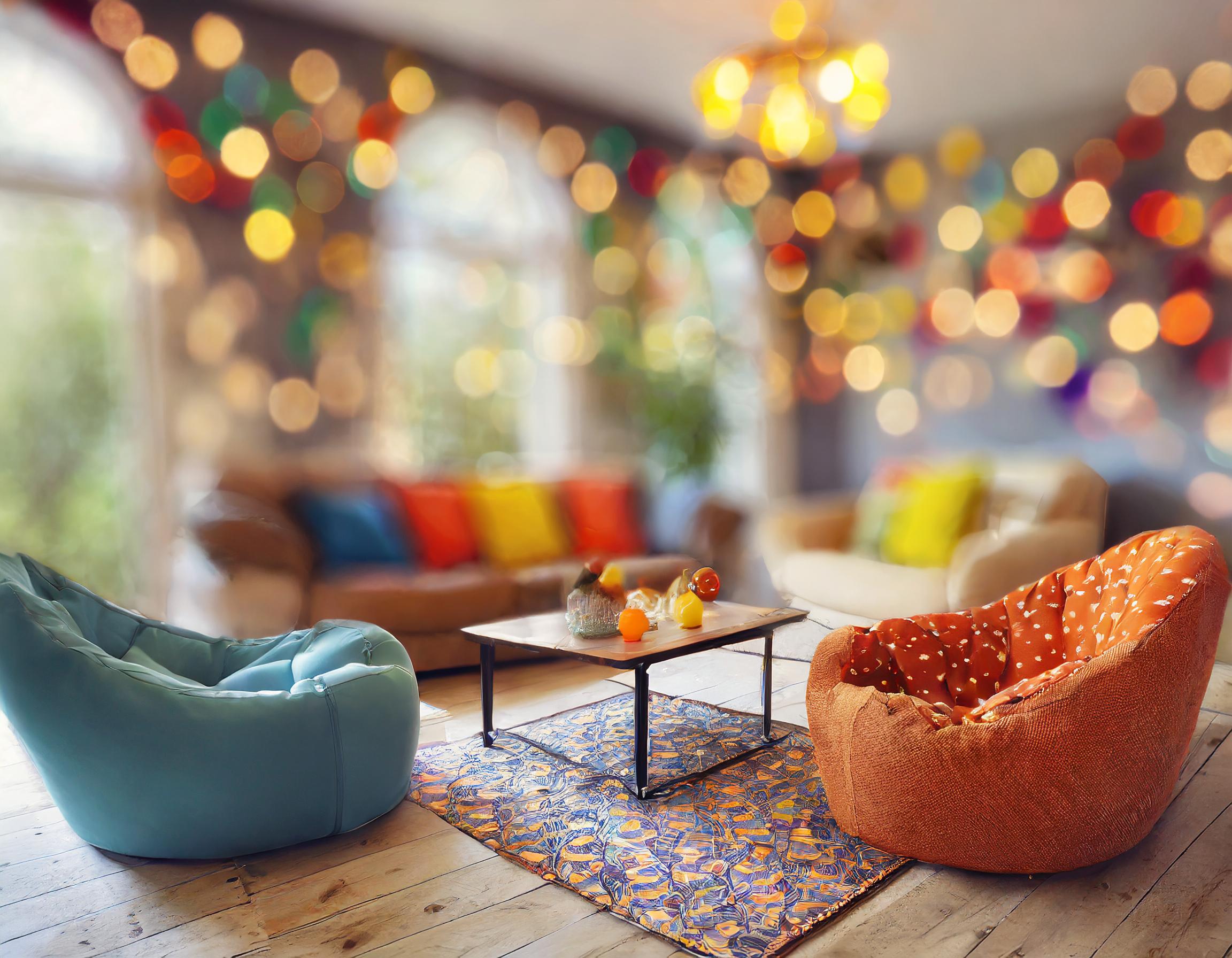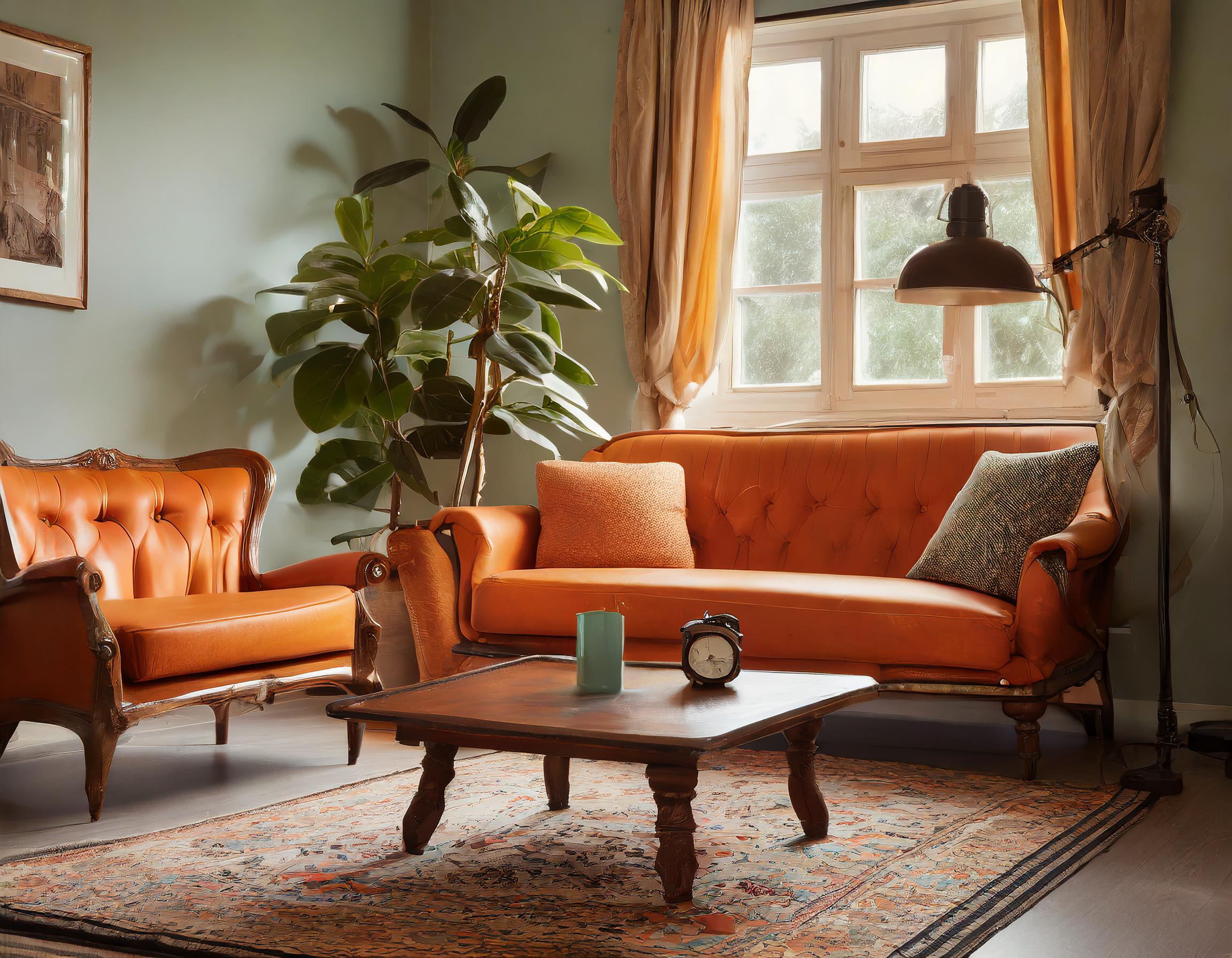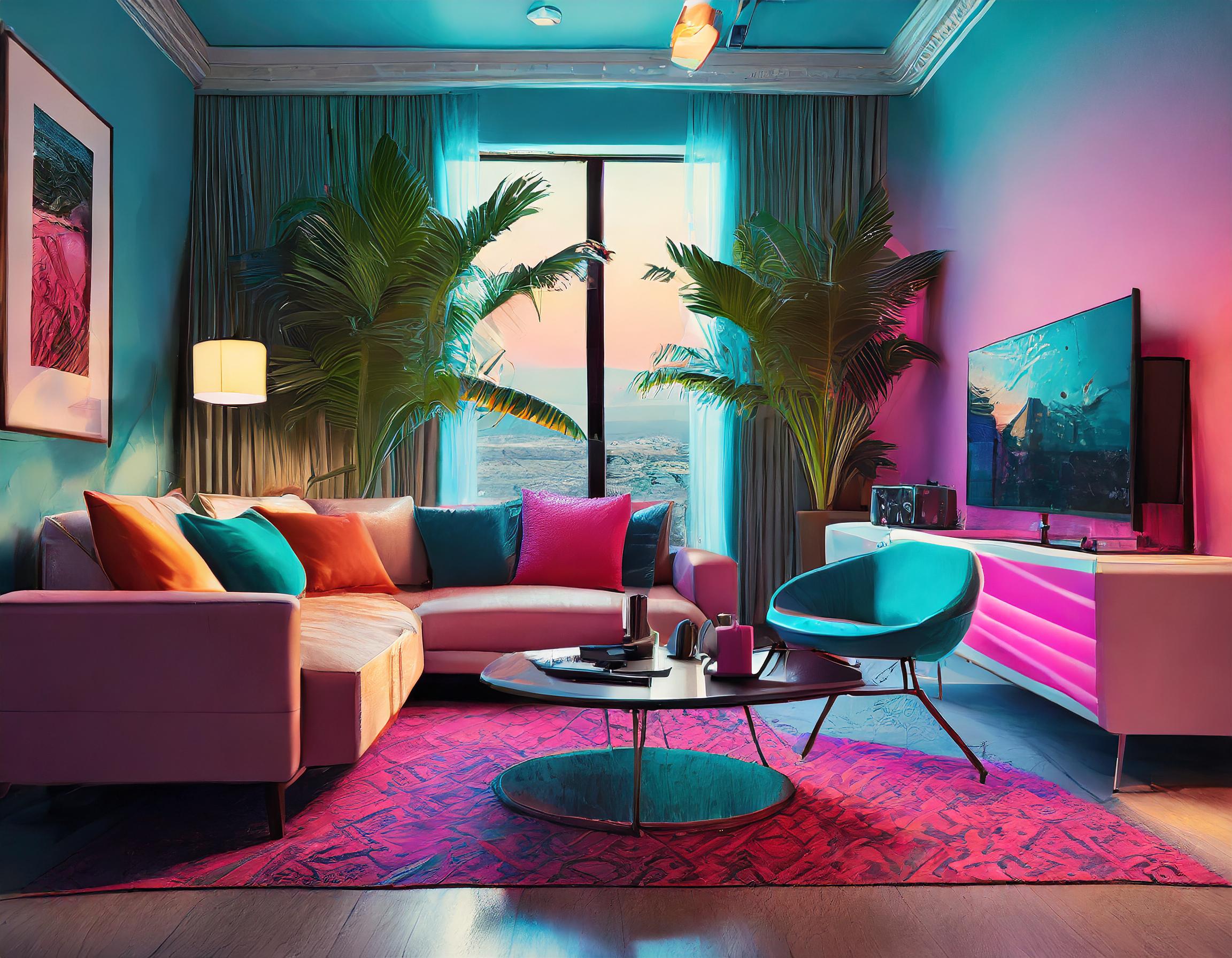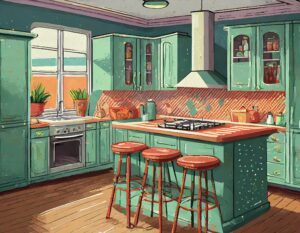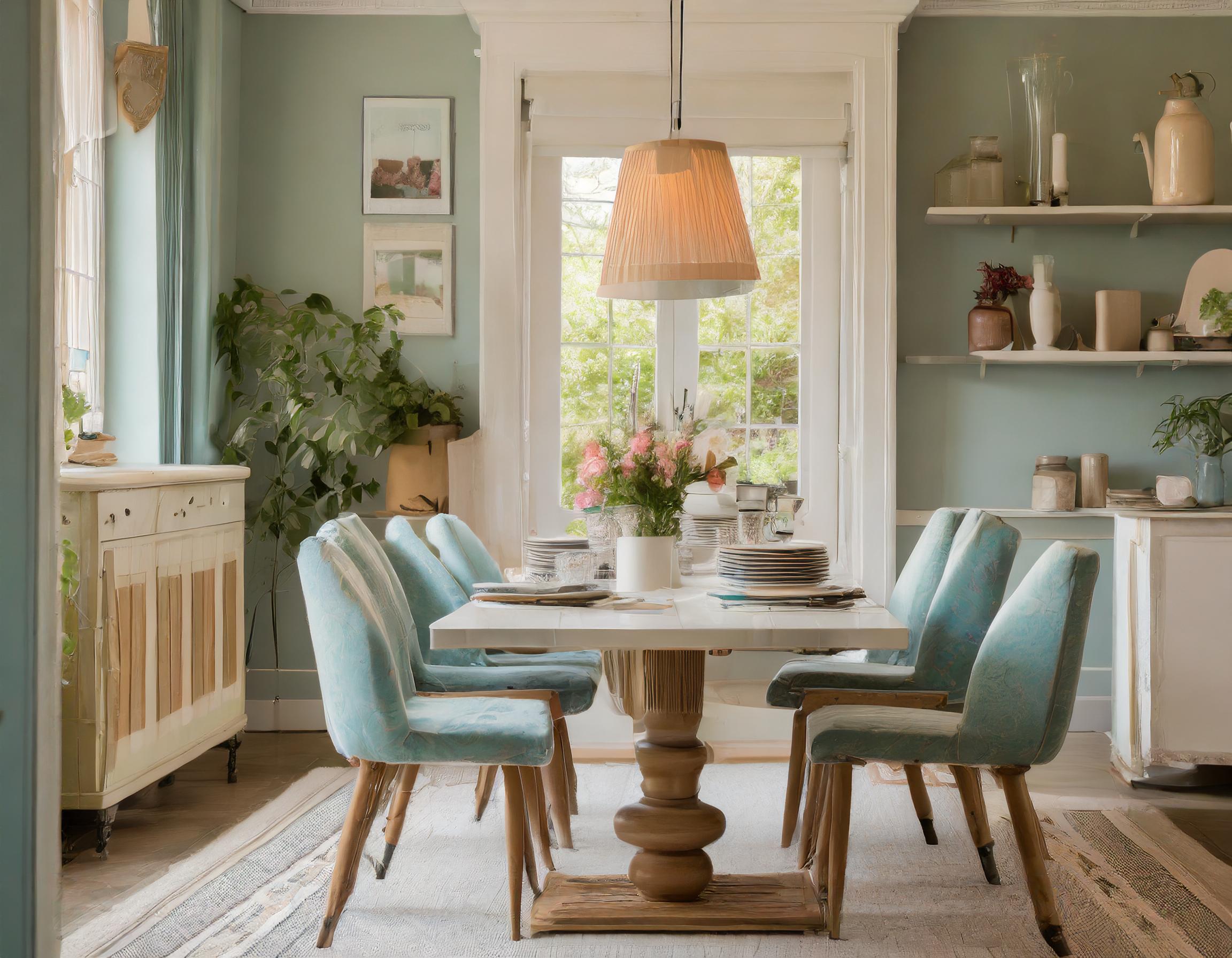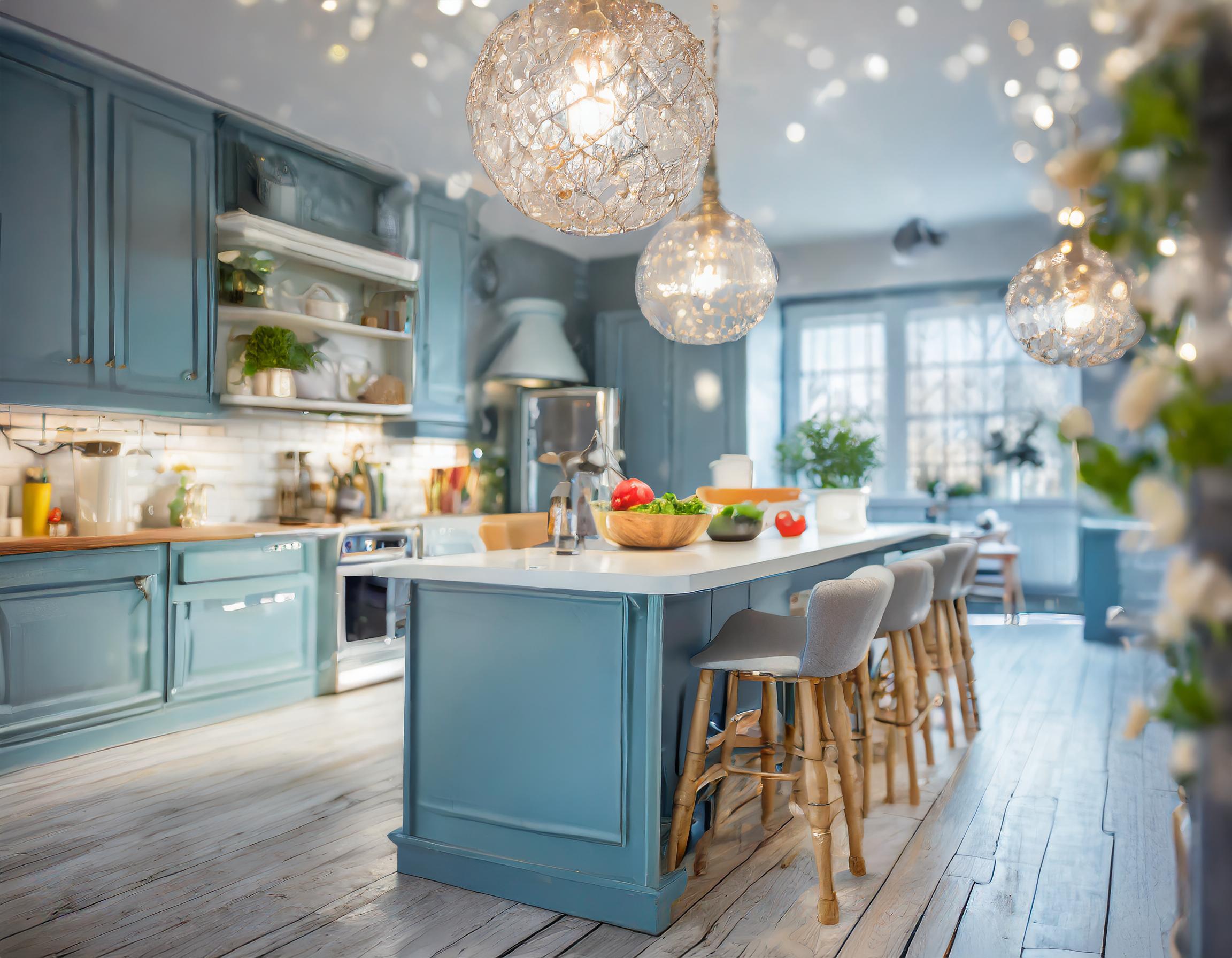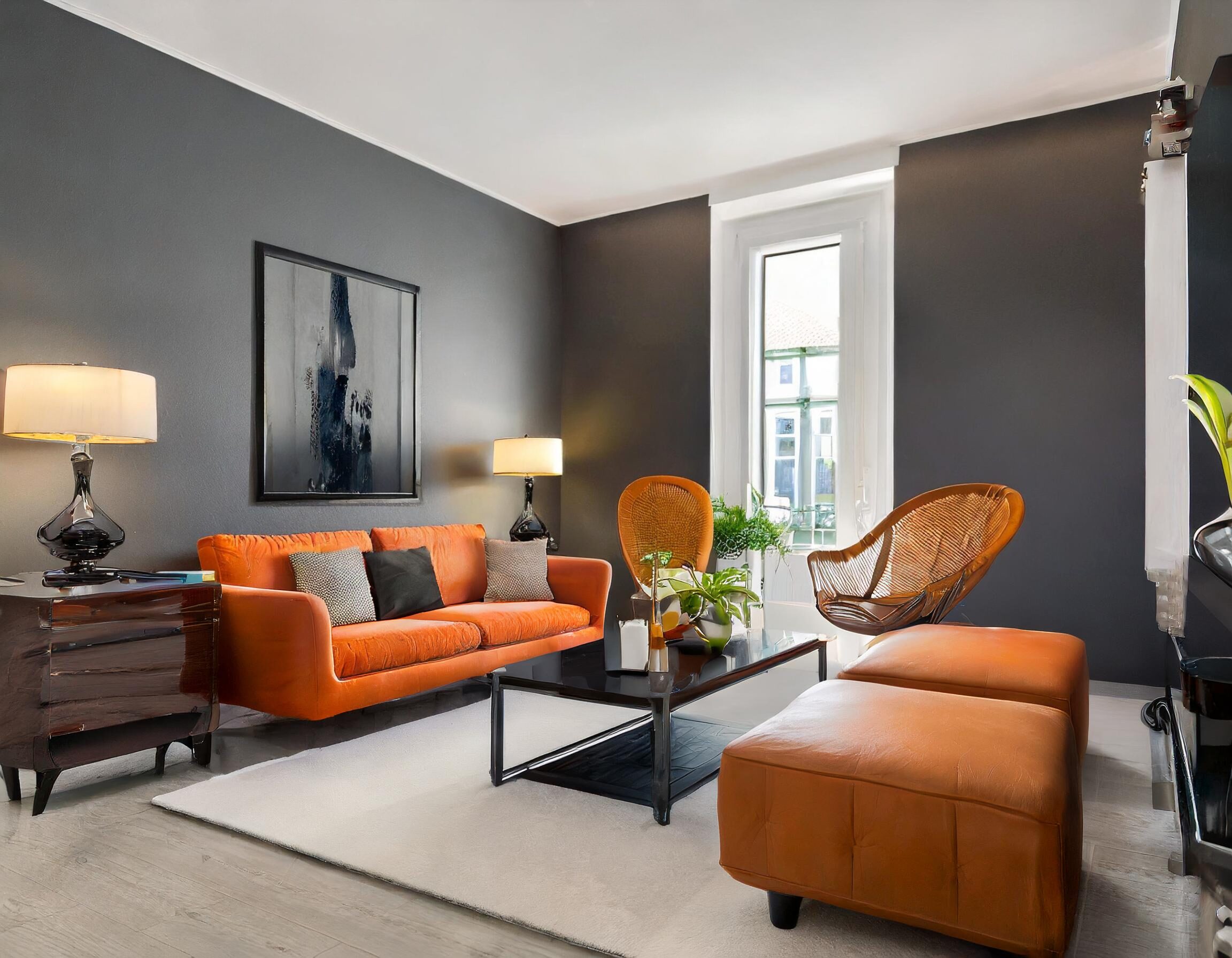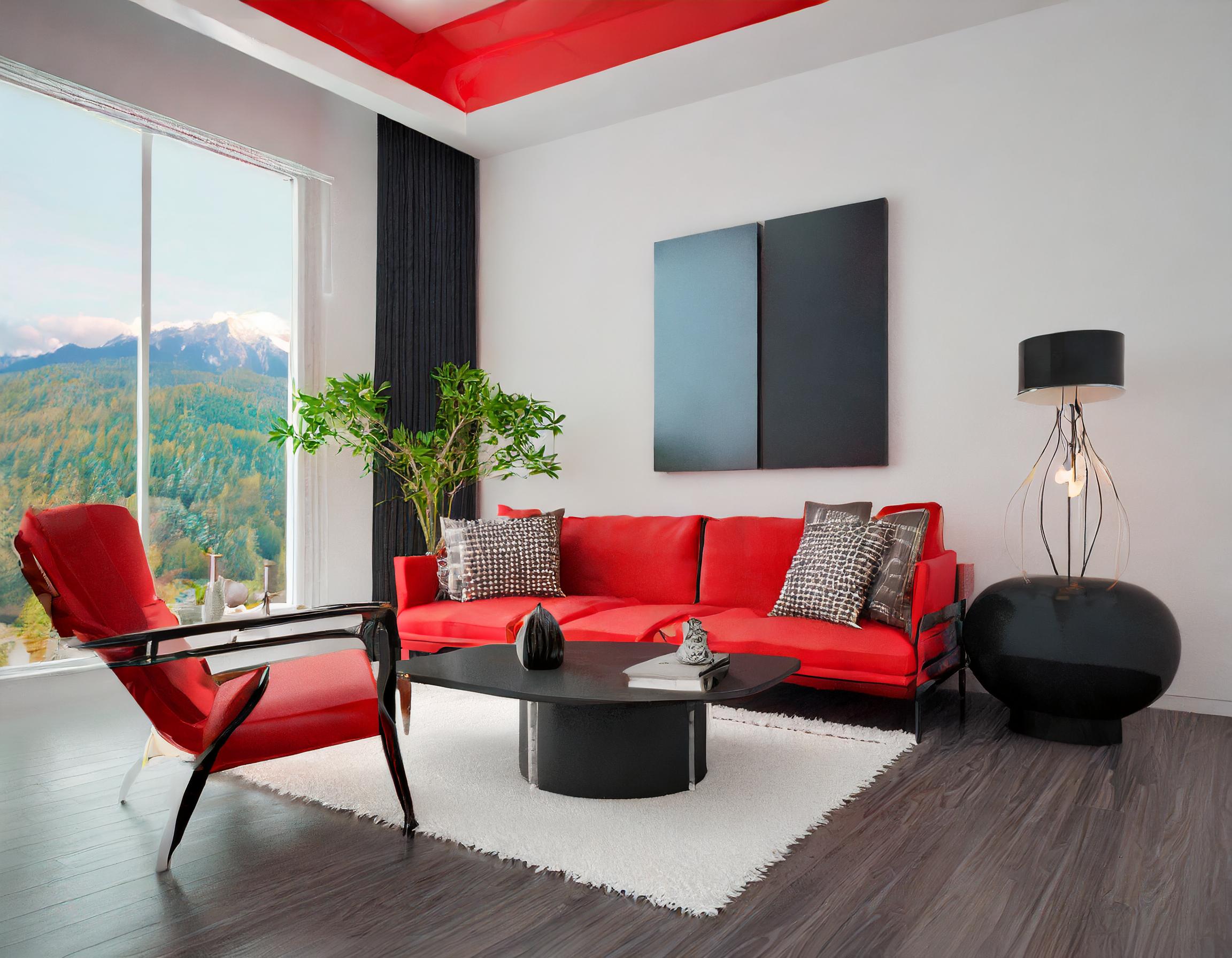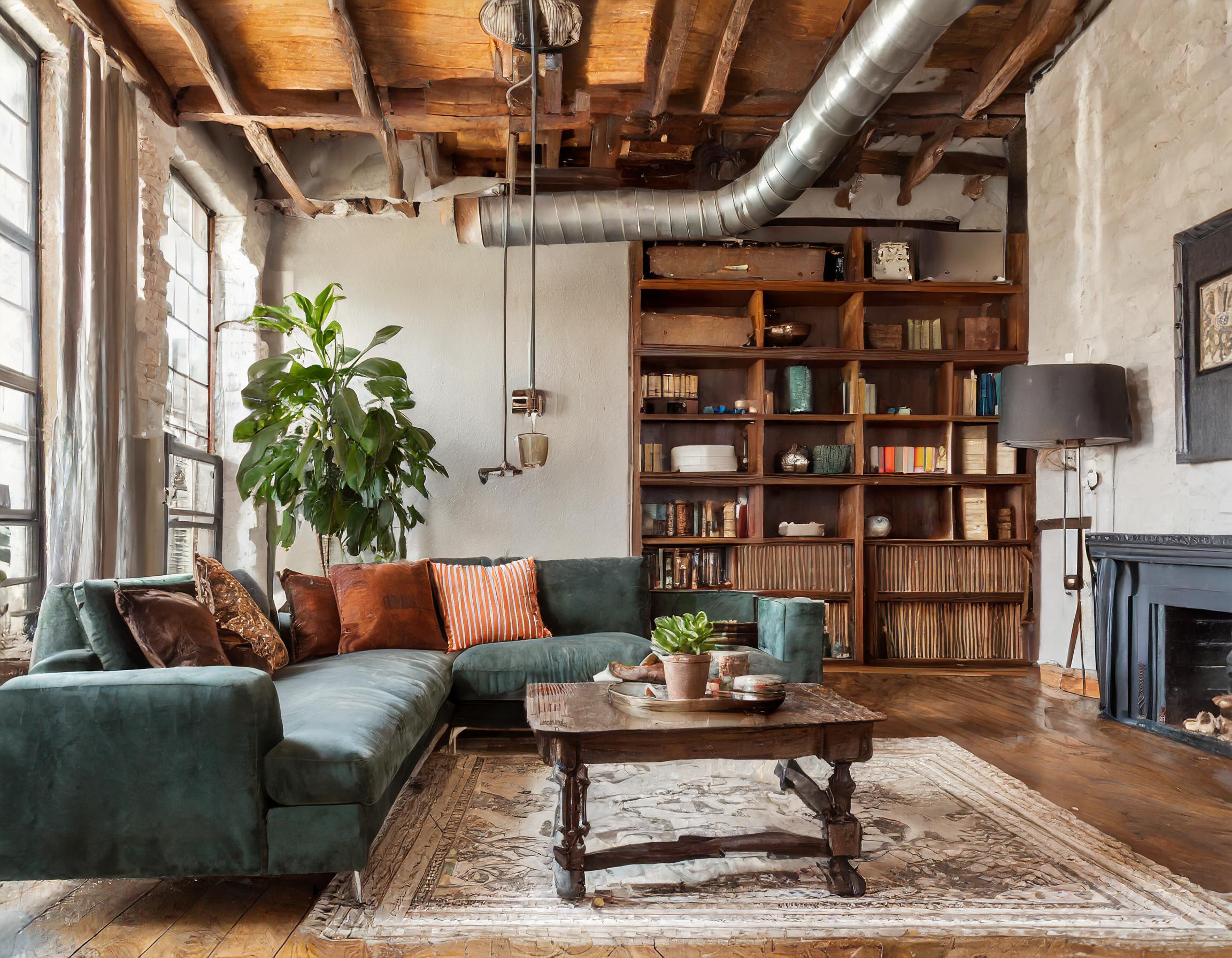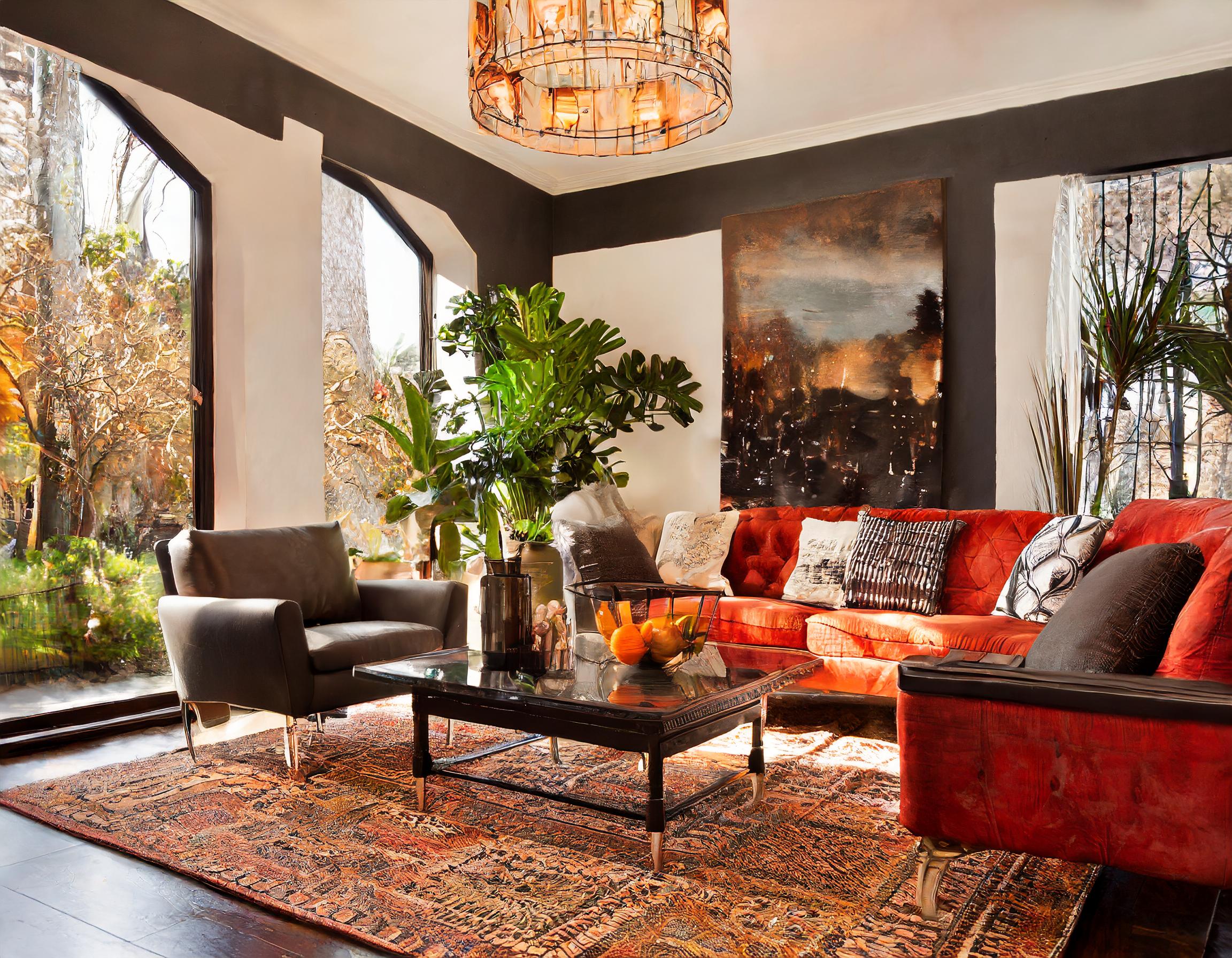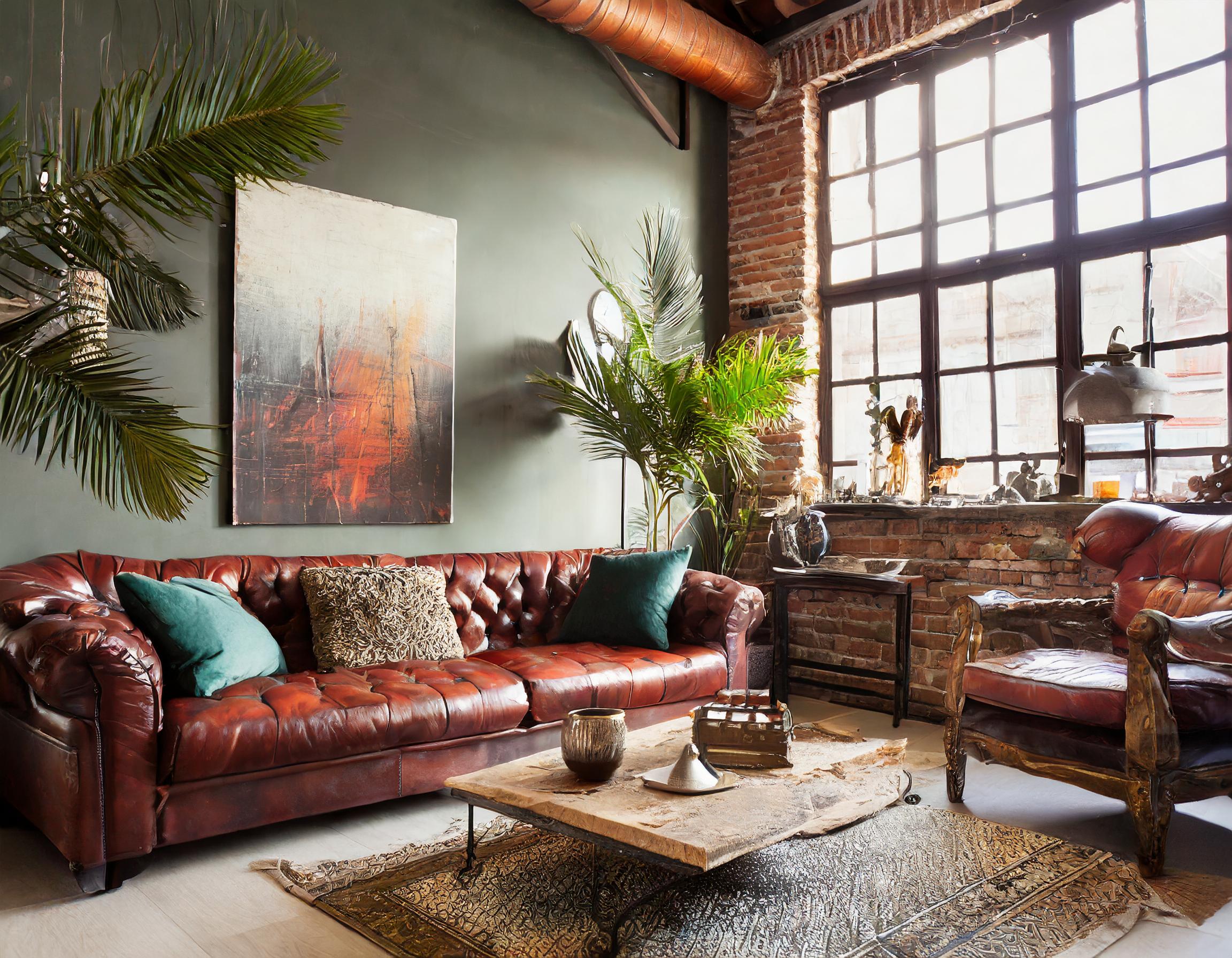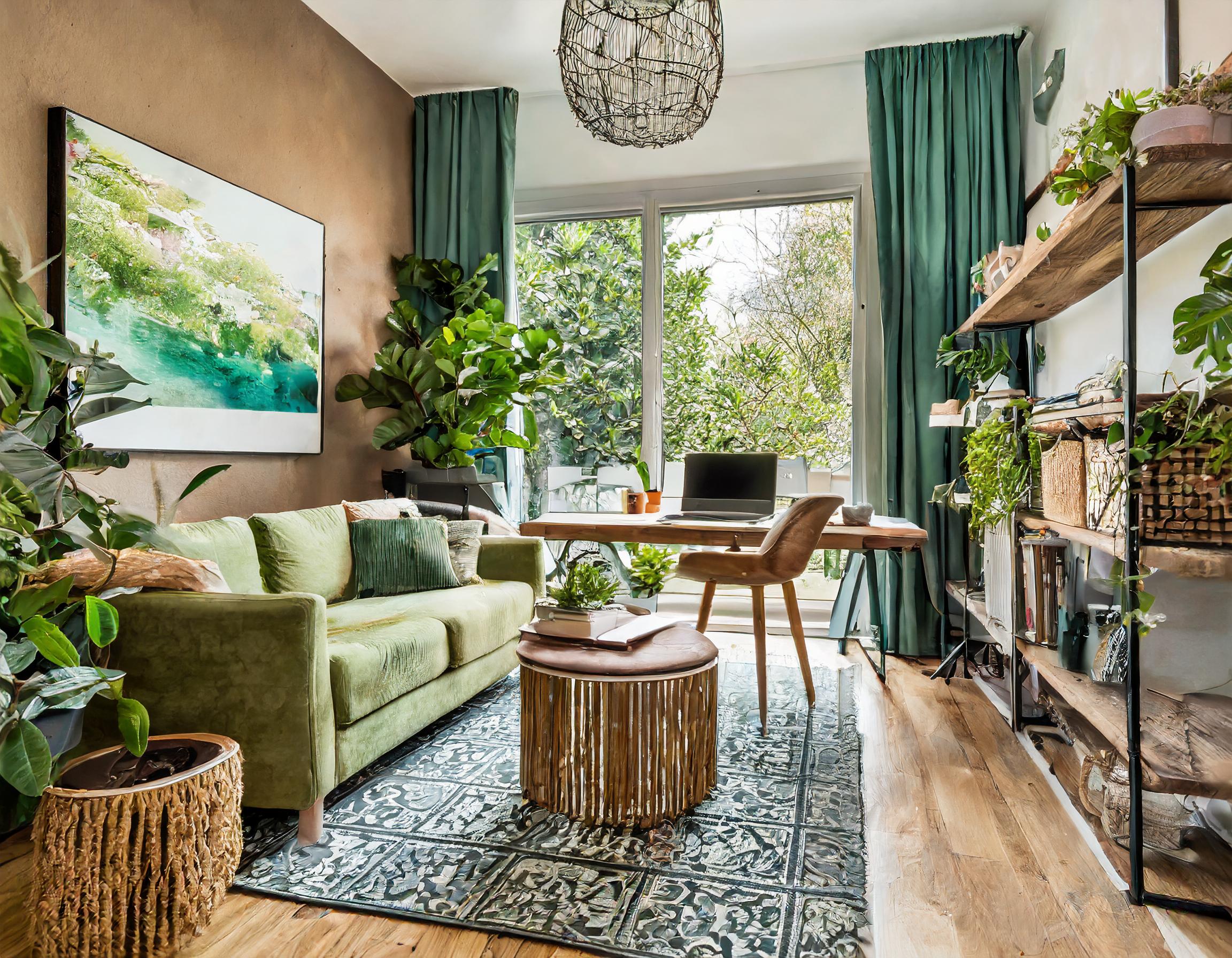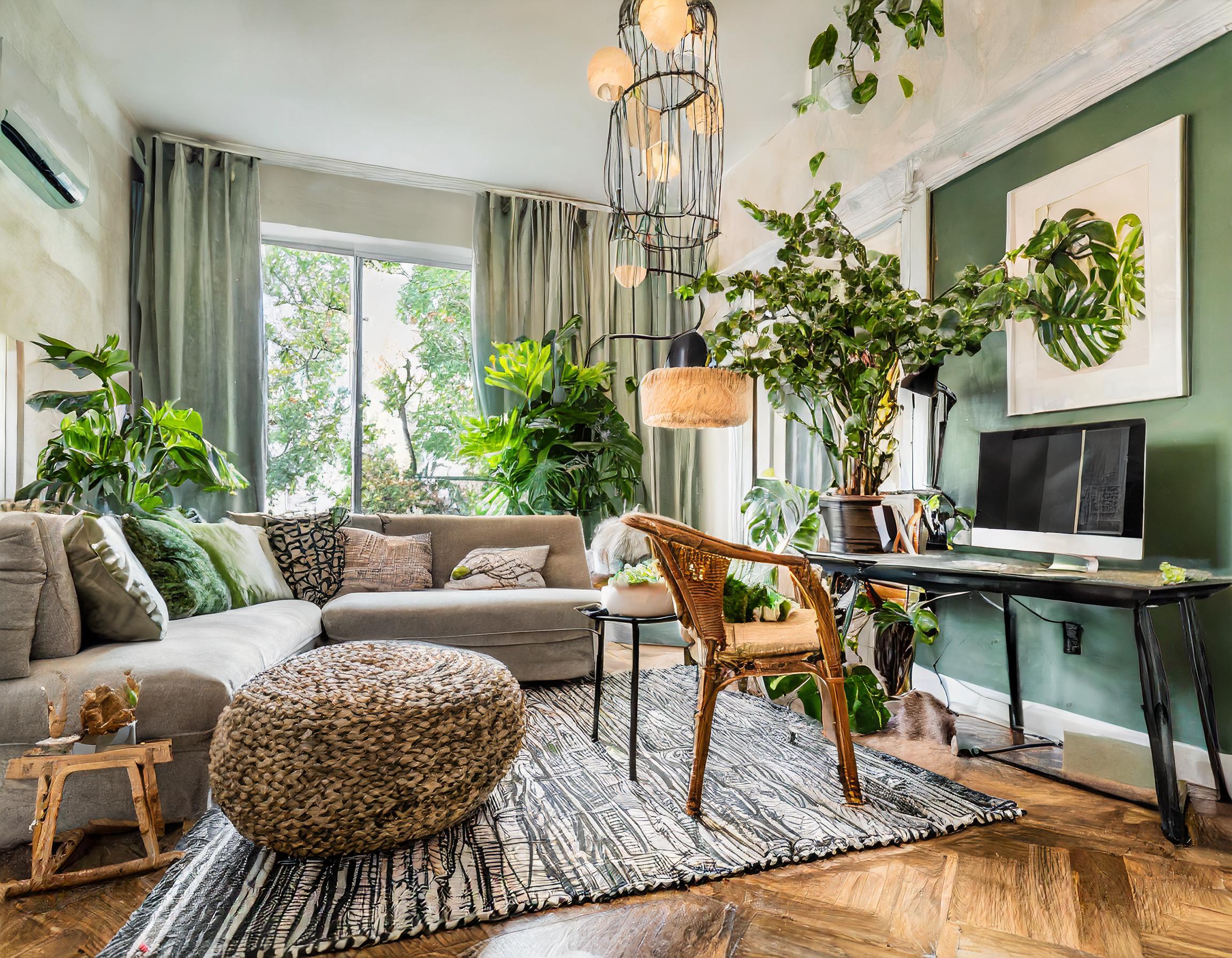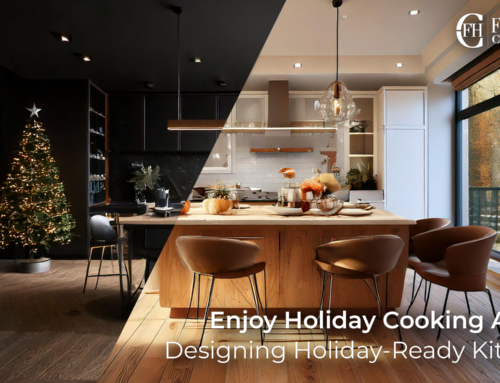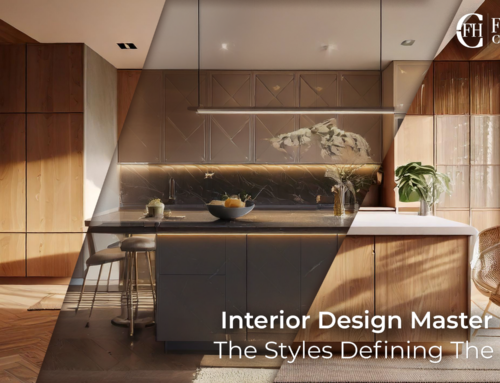Buckle up, design aficionados! We’re about to embark on a whirlwind tour through the decades, exploring the rich tapestry of interior design trends that have shaped our spaces. From the groovy ’70s to the sleek 2020s, every era has its signature style. But here’s the twist: design is a boomerang, always making a comeback. So, let’s unravel the past to predict what retro waves might hit us next!
Why Does Retro Design Come Back?
Ever wonder why grandma’s wallpaper suddenly looks cool again? It’s all about the nostalgia factor, the cycle of fashion, and the thrill of rediscovery. Designs from the past evoke memories, offer comfort, and, let’s face it, they’ve got that unbeatable vintage charm. Plus, designers love to remix old-school cool with modern twists, keeping things fresh yet familiar.
| Era | General Description of Design Style |
|---|---|
| 1970s | Earthy, bohemian, with a splash of psychedelic flair. Indoor plants, open spaces, and handmade decor were key elements. |
| 1980s | Flashy, colorful, and tech-inspired. Mirrored surfaces, neon lights, and a touch of glam rock characterized this decade. |
| 1990s | Minimalist, neutral, with an emphasis on simplicity and natural materials. The rise of the home office and tech gadgets. |
| 2000s | Sleek, futuristic, with a focus on technology and open-plan living. Stainless steel and granite were hallmark materials. |
| 2010s | Personalized, eclectic, with a nod to vintage and artisanal elements. Sustainability and individual expression were key. |
| 2020s | Sustainable, multifunctional, emphasizing comfort and connection to nature. Biophilic design and smart homes take the lead. |
A collection of moodboards showing a variety of decade-inspired design themes.
1970s: The Eclectic Era
Aesthetic Features:
- Color Palette: Earth tones dominated, with avocado green, harvest gold, and burnt orange leading the way.
- Materials: The use of wood paneling, shag carpets, and macramé was widespread.
- Furniture: Modular furniture and bean bag chairs were popular, reflecting a shift towards more casual living spaces.
- Design Features: Open floor plans became more common, and there was a significant emphasis on DIY and incorporating natural elements like houseplants.
1980s: The Bold and Glamorous
Aesthetic Features:
- Color Palette: Neon colors, pastels, and the extensive use of black and white.
- Materials: The decade saw a rise in the use of glass, chrome, and mirrors, particularly in furniture.
- Furniture: Oversized furniture with a penchant for luxury materials like leather and high-gloss finishes.
- Design Features: The Memphis Design Movement brought in geometric shapes and bold patterns. Chintz fabric and wallpaper were also popular, as were vertical blinds.
1990s: Minimalism and Comfort
Aesthetic Features:
- Color Palette: Muted and neutral colors like beige, taupe, and gray were favored.
- Materials: The use of natural materials such as wood and stone was prevalent, along with the introduction of sustainable materials.
- Furniture: Simpler, more streamlined furniture designs with a focus on comfort and functionality. The rise of flat-pack furniture and the influence of Scandinavian design.
- Design Features: Minimalism became a guiding principle, with a focus on decluttered spaces and functional design. Technology began to influence design with the advent of home offices.
2000s: The Tech-Driven and Eclectic Mix
As the new millennium dawned, the early 2000s ushered in an era of interior design marked by a fascinating blend of technological advancement and eclectic stylistic fusion. This period was characterized by a confident experimentation with materials, forms, and an embrace of global influences, reflecting the era’s expanding digital horizons and interconnectedness. The influence of technology was unmistakable, not just in the sleek, futuristic gadgets that found their way into homes, but also in the design spaces themselves, which became more adaptable to the fast-evolving digital lifestyle. Amidst this tech-driven ethos, there was a nostalgic nod to the past, with vintage and retro elements making a comeback, creating a unique juxtaposition of the old and new. The early 2000s were a testament to the dynamism of interior design, a time when spaces were tailored to be as multifunctional and diverse as the lives of those inhabiting them. As we explore the quintessential designs of the early 2000s, we delve into a period that set the stage for many of the personalized and tech-integrated living environments we see today.
Aesthetic Features:
- Color Palette: A mix of bold colors and earth tones, with a significant influence from global design leading to more vibrant hues.
- Materials: The introduction of new materials and finishes, including industrial metals and recycled materials.
- Furniture: A mix of traditional and contemporary, with the popularity of statement pieces like the iconic “Ghost Chair” by Philippe Starck.
- Design Features: The influence of technology was evident with the integration of home entertainment systems and the rise of “smart homes”. There was also a strong trend towards personalization and customization.
2010s: The Digital and Sustainable Era
Aesthetic Features:
- Color Palette: Neutral colors with pops of bold accent colors. Pastels, particularly “millennial pink,” became emblematic of this era.
- Materials: A continued emphasis on sustainable and eco-friendly materials. Reclaimed wood and recycled materials became more mainstream.
- Furniture: Mid-century modern furniture saw a resurgence in popularity. The rise of multifunctional and space-saving furniture, reflecting smaller living spaces.
- Design Features: The influence of social media platforms like Pinterest and Instagram led to a democratization of design. There was a strong focus on sustainable living, indoor-outdoor living, and biophilic design, incorporating natural elements into interiors.
2020s: The Well-being and Multifunctional Space
Aesthetic Features:
- Color Palette: Warm neutrals, soft, earthy tones, and nature-inspired hues reflecting a turn towards comfort and sustainability.
- Materials: Natural and sustainable materials continue to be in the spotlight, with an increased focus on health and cleanliness leading to antimicrobial materials gaining popularity.
- Furniture: Furniture that supports well-being and multifunctionality, with adaptable and ergonomic designs for work-from-home setups.
- Design Features: The pandemic’s influence is notable with a focus on creating multifunctional spaces within the home, such as home offices, gyms, and outdoor living areas. A significant emphasis on mental health and well-being leads to design choices that promote calm, comfort, and connection to nature.
Further Reading
- Retro Renovation
A delightful nook for anyone obsessed with mid-century and vintage home designs. From paint colors that scream the ’50s to authentic restoration tips for your vintage bathroom, this blog has it all. Visit Retro Renovation - Apartment Therapy’s Vintage Section
Apartment Therapy is a treasure trove of interior design ideas, and their vintage section is no exception. It’s packed with house tours, DIYs, and tips for incorporating vintage finds into modern spaces. Explore Apartment Therapy’s Vintage Tips - Vintage Revivals
Follow along with Mandi as she tackles home renovation projects, transforming spaces with her unique blend of vintage and modern design. Her blog is a great resource for DIY ideas and thrifting tips. Check out Vintage Revivals - Old Brand New
Dabito’s blog is a feast for the eyes, showcasing his knack for mixing bold colors, patterns, and vintage pieces in a way that feels fresh and contemporary. His home tours are a must-see for any design enthusiast. Visit Old Brand New - The Design Files – Vintage
This Australian design blog features a fantastic vintage section where you can explore a variety of homes that beautifully integrate vintage elements into modern Australian living. Dive into The Design Files


